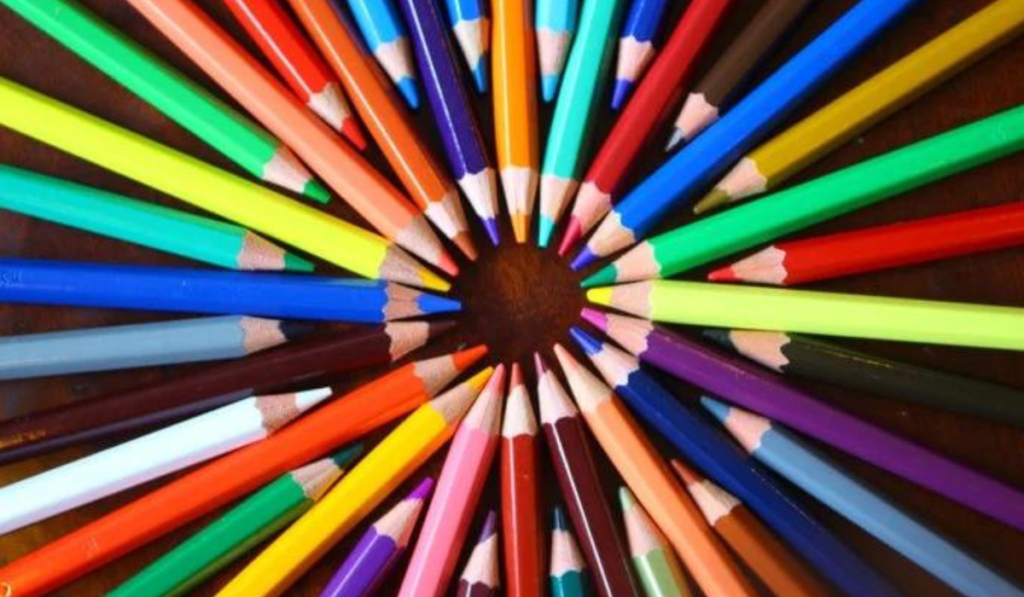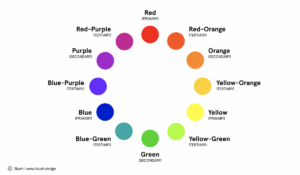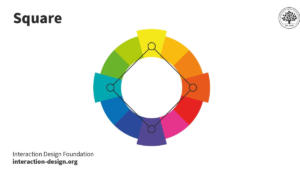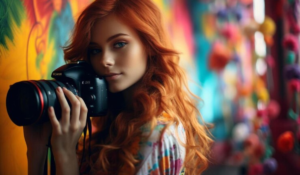Exploring the Impact of Complementary Colors in Photography

A multifaceted art form, photography is often hailed as the art of capturing light. Color influences mood, composition, and visual impact among these factors. Creating visually captivating images requires a solid understanding of color theory and composition.
An introduction to color theory and composition:

By its very nature, photography is not just about capturing scenes, but also about conveying emotions and stories. The backbone of this narrative is formed by color theory and composition techniques. Photographers can create compelling compositions and evoke emotions by understanding how colors interact and complement each other.
The Color Wheel: An Introduction:

In order to understand color theory, we need to understand the color wheel, a visual representation of the relationships between colors. In this wheel, primary colors are categorized as red, yellow, and blue, while secondary colors are categorized as purple, green, and orange, forming the basis for color mixing and harmony. When paired together, complementary colors provide the greatest contrast and vibrancy.
Harmonies and schemes of color:

A color scheme, or color harmonies, are predetermined combinations of colors based on their relationship on the color wheel. There are several types of schemes, including monochromatics, analogies, triadics, diadics, and complementarys. In addition to drawing viewers’ attention, complementary colors create bold and dynamic compositions with their stark contrast.
Complementary colors have powerful effects:
As a result of their stark contrast, complementary colors evoke boldness, energy, and vibrancy in photographs. They serve as effective tools for directing focus and enhancing visual impact in art, photography, and film. Compositions can be enhanced and imbued with dynamism and intrigue by strategically incorporating complementary colors.
Here are some examples of complementary colors in photos:

Complementary colors are often used in photography to great effect. In landscapes, urban environments, portraits, and creative lighting setups, complementary color combinations enhance visual interest and elevate aesthetic appeal. Using complementary colors in your own work can be inspired by these examples.
Using complementary colors in your photos:

It is important to consider white balance, lighting conditions, and the emotional impact of color combinations when shooting with complementary colors. Photographers can create visually striking images that resonate emotionally with viewers by strategically incorporating complementary colors into backgrounds, subjects, or lighting setups.
Photographers can enhance the impact of complementary colors by paying attention to natural phenomena and emotions associated with color combinations. To add visual interest to your images, use split complementary or tetradic color schemes.
Using complementary colors in a photo shoot:

A meticulous planning process and attention to detail are essential to implementing complementary colors effectively. In order to convey their intended emotions and messages effectively through their images, photographers use mood boards, test shoots, and carefully selected props and wardrobe.
Post-production Complementary Colors:
In addition to capturing complementary colors in-camera, photographers can enhance and manipulate them in post-processing. Using tools such as color harmony calculators, Hue/Saturation adjustment layers, and Color Balance adjustment layers, photographers can fine-tune color relationships.
The use of color theory in photography is as follows:
The understanding of color theory can help photographers create visually stunning images and communicate with their audiences more effectively. You can elevate photographs from mere snapshots into compelling works of art by strategically utilizing complementary colors, whether you’re shooting on location or editing in post.
By judiciously using complementary colors in photography, ordinary images can be given more vibrancy, dynamism, and emotional depth. Photography can unlock new creative possibilities and captivate viewers by mastering color theory and composition.



